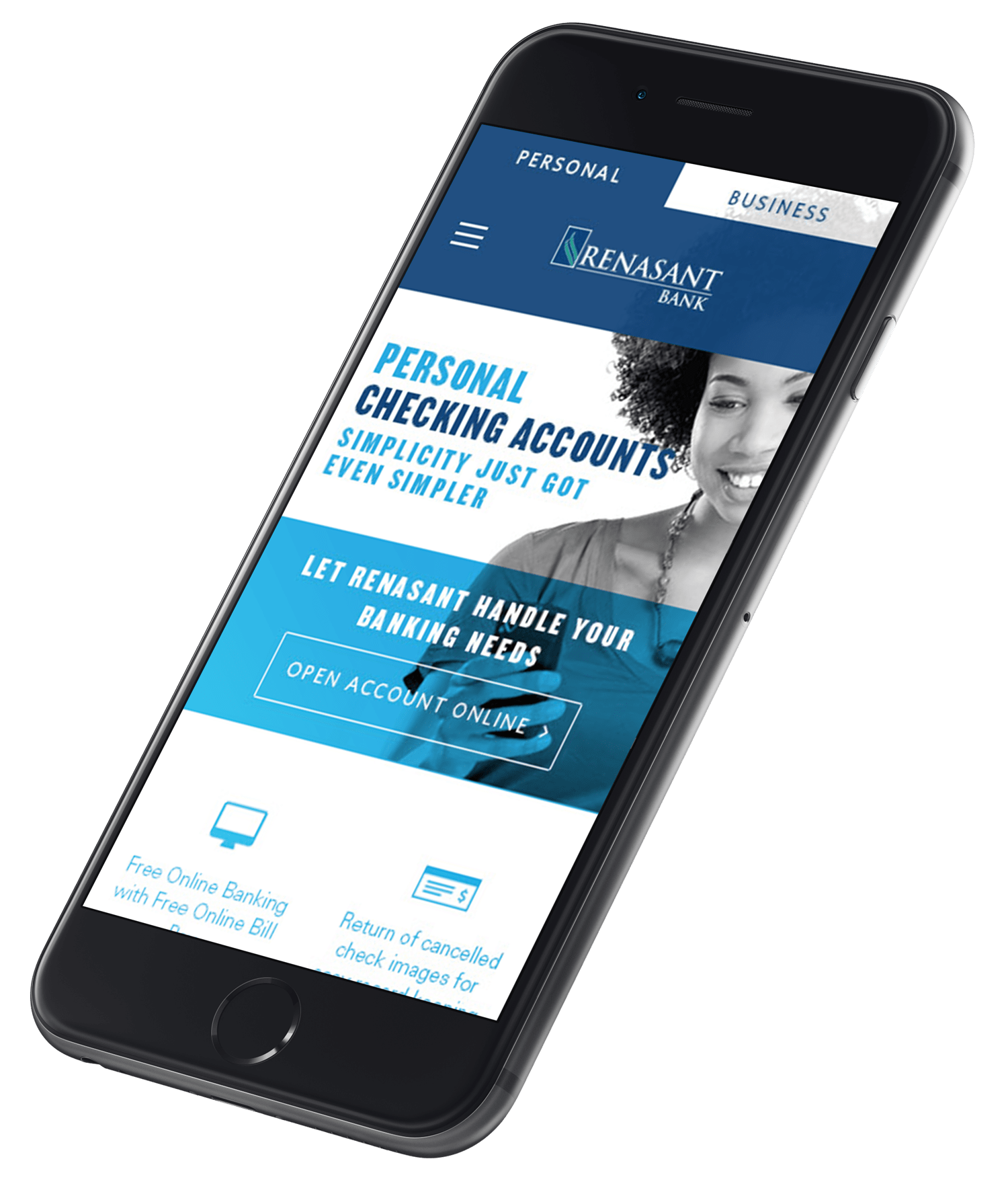The Importance of Financial Literacy in Your Bank
We live in an era where 94% of Americans who took an 11-question financial literacy quiz failed it, yet they attempt to handle complex financial matters every single day. This means that when they walk into your lobby, it’s game time—and everyone in your organization has a distinct role to play, from the Director of First Impressions to your tellers, mortgage officers, and your branch managers. But the goal isn’t an individual one; it’s about serving your bank’s customers to the best of your ability.
Here’s the deal—you have a hungry audience calling you, coming through your doors, and chatting with your bank representatives every day. These people are right in front of you. If you’re not ready to answer your clients’ questions, who is?
Your ability to educate and inform clients about financial matters plays a direct role in how they perceive your organization.
Author and thought leader, Roy T. Bennett, wrote, “You never learn the most valuable lessons in life until you go through your own journey.” As those serving customers within the financial sector, it’s on us to do the right thing. That means not only learning about our bank’s products and services but also gaining an overarching knowledge of the industry in which we work. Think of it like higher ed—sure, you have a specific major that you’re focused on, but you take a wealth of related courses that broaden your educational spectrum, too.
Whether you’re a former financial flop living in recovery or a C-suite exec with a long, distinguished record of financial training and education, we must all play roles in helping to shape our clients’ financial futures.
Perception Isn’t Reality
When clients first call, chat with you online, or walk into your branch they associate anyone and everyone they meet with a BANK EXPERT. That means that, no matter whether you’re a teller, a loan officer, the fresh-cookie-putter-outer, or you have a non-client-facing role, but happen to be passing through the lobby, they expect you to have answers.
As you should.
By no means am I saying you have to be an expert in all things, but you should—at a minimum—know your bank’s products and services, be able to provide sound advice related to specific client needs, and have the ability to connect the client to someone who knows more than you do.
Answers like, “Sorry, I’m not a mortgage lender,” “I don’t know anything about the CD special,” or “Sorry, I just work here,” don’t fly. As a whole, clients don’t understand the differences in our roles and the specialties in which we practice; they just want help.
Every day, prospects and clients alike turn away from banks in search of opportunities to acquire money faster or in higher amounts. In the latest FINRA Investor Education Foundation survey of more than 25,000 American adults polled, 26% said they’d used at least one non-bank borrowing method (like taking out a payday loan) in the past five years. Additionally, almost a third of those with credit cards paid only the minimum on those cards during some months in the last year.
Financial illiteracy is becoming a crisis of epidemic proportions. What’s even scarier is that your bank employees are by no means excluded from this data. So, why not turn your efforts inward, and build a staff that doesn’t just take care of their own finances, but can also offer bank-branded assistance and expertise to those who are most in need of it?
Knowledge Equals Power
Just as your bank has a defined client onboarding process, it should have one for employees—a process that delves into greater detail about the bank, its products, and services. No situation exists in which a prospect or client should know more about your bank than someone who’s being paid to work there.
If you don’t already do this, take a break from reading and schedule a lunch meeting with someone from Communications and Human Resources. No matter what role has just been filled, that employee should have access to ongoing training and general education.
Beyond that, there’s a wealth of bank-related training and education out there. Depending on the size of your organization, you might have an internal training program chock-full of virtual or in-person classes, online seminars and discussions, or lunch-and-learns.
In any case, organizations like the American Bankers Association (ABA) cater to knowledge-hungry bank employees with an ever-growing list of certificates, classes, conferences, and training programs offered throughout the year.
Marketing to Your Colleagues
What we’ve talked about so far covers the big stuff—the 1,000-foot view of banking, philosophies for success, and marketing tactics. However, when it comes to the boots on the ground, your biggest ROI will come from developing and executing an approach to reaching out to staff members on a regular basis. Whether that’s an employee newsletter, weekly emails, or social media posts (preferably, all of the above) there’s no better way to develop an ongoing rapport with your colleagues—especially in organizations with multiple branches.
Here are the three must-haves, in terms of topics to cover:
- Bank promotions—anything from that $200 bonus when opening new savings accounts to “skip-a-payment” plans around the holidays. These bring prospects face-to-face with you, so you’ll want to make sure whomever they speak with is well aware of what’s on the menu.
- “In-the-news” banking info, which includes anything related to your bank (like the opening or closing of new locations, website and mobile redesigns, or potential mergers), as well as the latest financial scams hitting the market and tips for spotting counterfeit currency.
- Continuing education, which can help raise awareness of a specific product or service your bank offers. As with promotions, you’ll want to give your internal audience additional details that go beyond the name of a product—give insight to who might benefit from this product, how it compares to similar products you offer (i.e., different checking accounts) as well as a predefined “next step” should clients show interest.
Regardless of how you communicate with your staff, it’s important to provide simple, on-brand information using the language that you want your employees to use when talking with clients and prospects. As a bank, no one is going to tell your story like you will—even if the local paper does a piece on a big business deal your sales team just closed, they’ll still filter the story through a different lens.
And, while we’re on the subject of newspapers, there’s absolutely NO reason why clients should see a promotional ad that brings them into your branch, only to encounter a representative who has no idea that it’s even out there.
Ask and Ye Shall Receive
Let’s revisit the internal newsletters and emails for a moment. Give readers the opportunity to share feedback, ask questions, and tell you what they want to learn about. That alone makes it easier for you to fill subsequent newsletters and emails. To encourage participation, offer incentives or small prizes that will be awarded randomly to team members who respond to the information you’ve given them.
Better yet, this is where programs develop—those that truly differentiate your bank from the one across the street. What if financial education became a true touchpoint for you?
- What if personal budgeting worksheets were available to anyone who opened a new account? What if you gave all of your tellers a stack of these sheets to keep at their stations, so they could offer support to every one of your check-cashing clients?
- With so many college kids using up their meal-plan money before the semester ends, why not put together a rotating team of employees (from across all departments) and hold “Coffee at College” training sessions for young students getting used to having sole control of their budgets for the first time in their lives?
- What if the next time a client comes in to transfer money out of their account to make another minimum payment on a high-rate, third-party credit card, you share a little about your bank’s debt consolidation loans?
Or—best of all—why not make ideas like these available to your employees today? Then, you’ll have a team of knowledgeable advocates who don’t just evangelize for your brand, but for your clients as well. The possibilities are endless, but if you and your colleagues aren’t financially literate, your clients probably won’t grow in their financial knowledge, either.
Do the right thing. By making it possible for your team to improve its financial literacy, you have the opportunity to reach clients and prospects where and when they need to be met.




